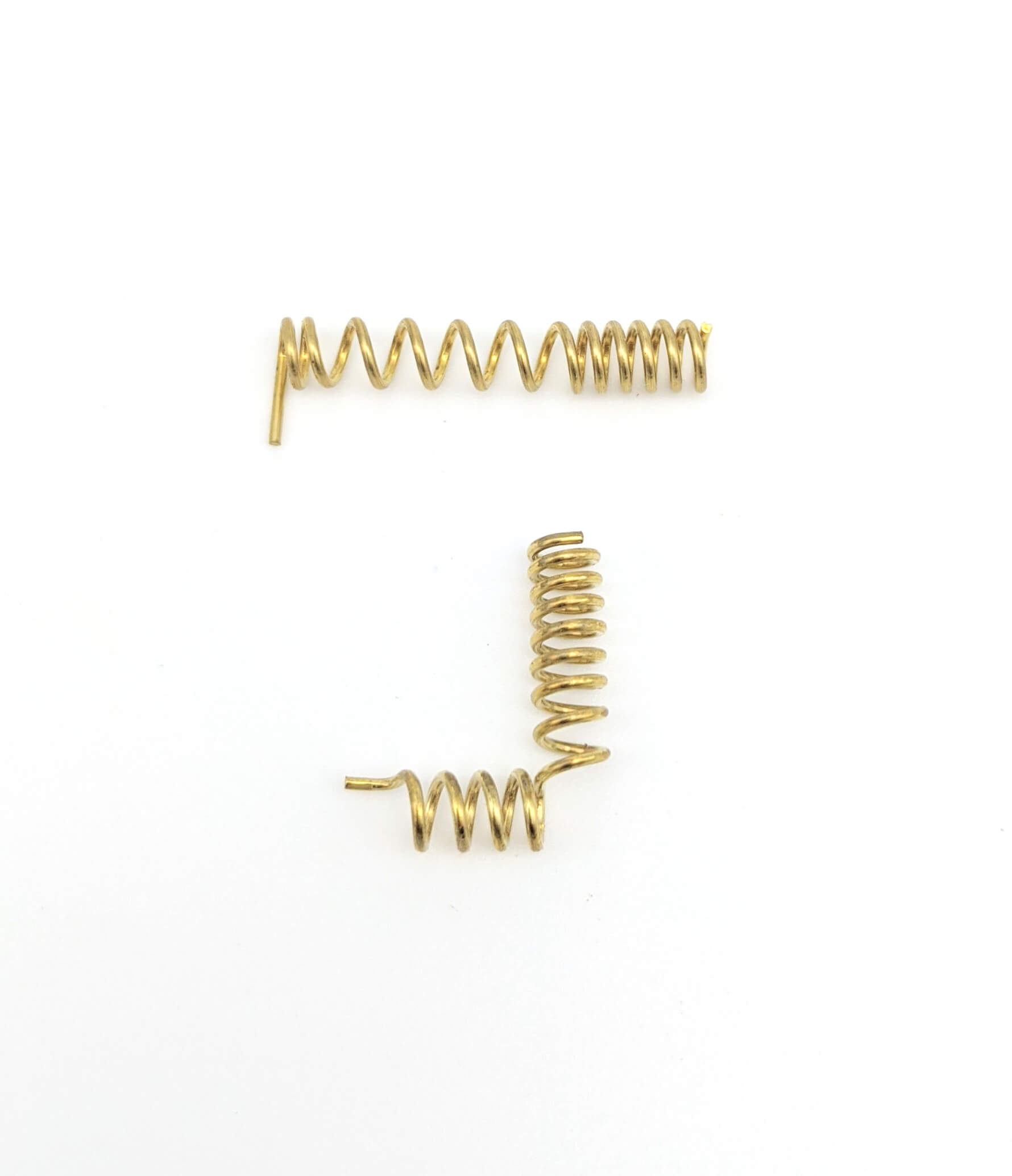Get unique, complex parts easily. No matter your requirements, Chaoyi Spring creates hard-to-produce coil springs and wire forms.
Let us help you create the custom wire form you need, from S-hooks and J-hooks to utility hooks and more.
We work closely with customers across a wide range of industries, helping them design and manufacture made-to-order parts.
Why choose Chaoyi Spring? We prioritize customer-focused collaboration, modern equipment and the latest technology to make your parts per print.
Find the information and guidance you need, from measuring a spring to learning about materials, placing an order and much more.
Compression coil springs, ubiquitous in countless applications, are essential components that harness the power of elastic deformation to provide force and support. From automotive suspensions to industrial machinery, these seemingly


Compression coil springs, ubiquitous in countless applications, are essential components that harness the power of elastic deformation to provide force and support. From automotive suspensions to industrial machinery, these seemingly simple coils play a vital role in ensuring smooth operation, absorbing shocks, and maintaining stability. This comprehensive guide delves into the intricacies of compression coil springs, exploring their design, manufacturing processes, applications, and the factors influencing their performance.

Compression coil springs are helical springs designed to resist compressive forces. Imagine a springy, flexible wire coiled into a cylindrical shape. When you push down on this coil, it compresses, storing potential energy. This stored energy is what makes the spring useful. The spring will push back with an equal and opposite force, striving to return to its original length.
These springs are not just simple coils of wire; they are meticulously engineered components with specific characteristics that determine their behavior. The material, wire diameter, coil diameter, number of coils, and free length all contribute to the spring's stiffness, load capacity, and overall performance.
The manufacturing process for compression coil springs involves bending and coiling a wire into a helix. This is usually done by specialized machinery that precisely controls the wire's path, ensuring consistent coil geometry. Depending on the spring's intended use, different manufacturing methods might be employed.
Here's a simplified overview of the common manufacturing steps:
The manufacturing process must ensure that the final product meets stringent quality standards, as even slight variations in the spring's dimensions can significantly affect its performance.
Compression coil springs are incredibly versatile and find applications in virtually every industry. Here are some key areas where they play a crucial role:
The versatility of compression coil springs stems from their ability to provide controlled force, absorb energy, and maintain stability in a variety of challenging environments.
Several factors significantly influence the performance of compression coil springs, impacting their load capacity, stiffness, and durability. Understanding these factors is essential for selecting and utilizing compression springs effectively:
Engineers and designers carefully consider these factors when specifying compression coil springs, ensuring that the chosen spring will perform optimally for the intended application.
Compression coil springs, deceptively simple yet incredibly powerful, are essential components in countless applications. From automotive suspensions to precision medical devices, they provide crucial support, absorb shocks, and enable smooth operation. Understanding the design, manufacturing, and performance factors related to compression coil springs is vital for selecting and utilizing these versatile components effectively. By considering factors like material properties, wire diameter, coil diameter, number of coils, and free length, engineers can ensure that the chosen spring will perform optimally, contributing to the overall success of the application.
As technology advances, the demand for more compact, efficient, and durable compression coil springs continues to grow. Continued innovation in materials science and manufacturing processes will undoubtedly lead to the development of even more specialized and high-performance compression coil springs, pushing the boundaries of engineering and design in various industries.
Browse some of the custom wire forms and springs that we manufacture. Don’t see what you need? We specialize in made-to-order products that meet your application requirements.
Visit Our GalleryNeed a custom wire form or coil spring? We make it work. Fill out the contact form and a representative will respond within 1 business day. If you have a PDF or CAD file, you can submit to request a quote.